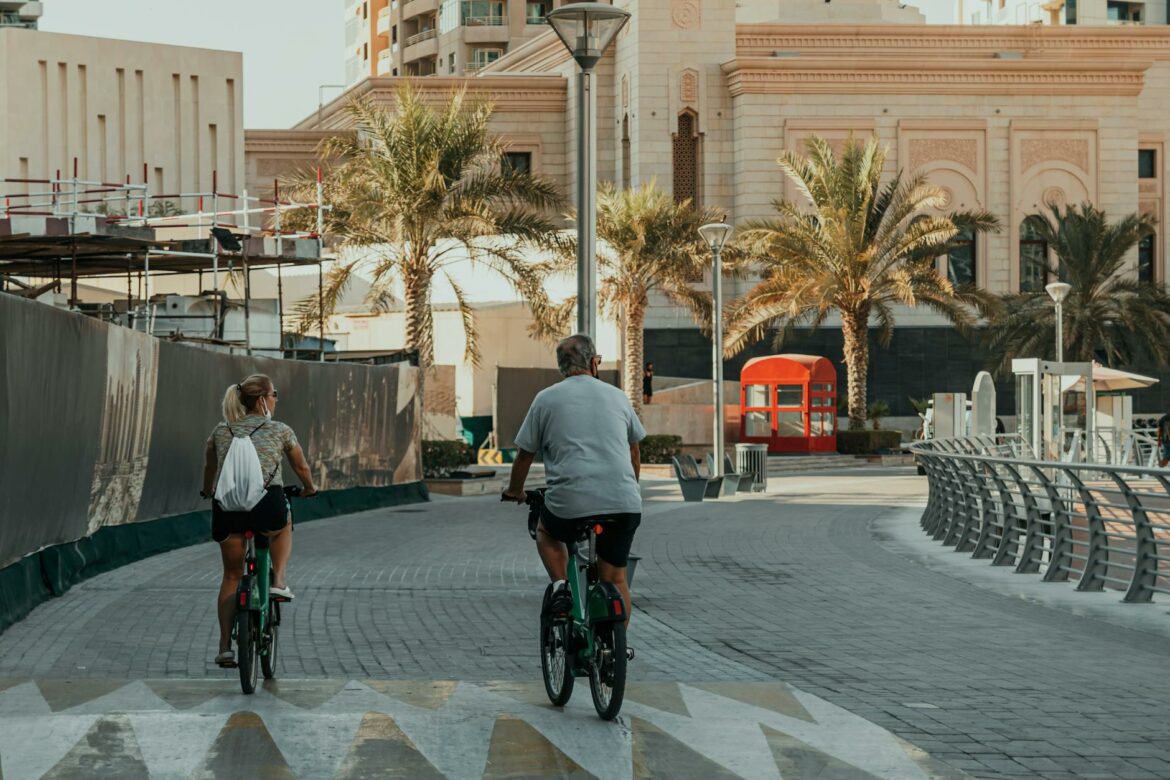As the sun dips below the horizon, casting a golden hue across the stage, a palpable excitement fills the air. Musicians bustle about, checking equipment, tuning their instruments, and exchanging quick banter. A faint hum of anticipation builds, as the crowd gathers, eager for the night’s experience. For a new act, this moment is a dream realized. They’ve poured countless hours into practice, songwriting, and branding, and now, all that stands between them and their big break is one crucial decision: how to handle their backline.
For many emerging artists, this decision can feel overwhelming. On one hand, you have backline rentals—an enticing option that promises convenience and professionalism. On the other, there’s hauling your own gear, a route that offers control and potential savings but comes with its own set of challenges. Let’s dive into the cost math of these two choices to help illuminate the path for new acts navigating this critical juncture.
When considering backline rentals, the first factor to weigh is the sheer convenience. Imagine arriving at a venue where everything is already set up, tuned, and ready to go. You can walk in, plug in, and perform without worrying about hauling heavy amplifiers or finding the perfect drum kit. Companies that provide backline services typically offer a range of gear, from guitars and keyboards to full drum sets, all at varying price points. For instance, a decent backline rental can range anywhere from $200 to $1,500 depending on the equipment and the size of the venue.
However, that convenience often comes with a hefty price tag. For new acts that may have limited budgets, renting can sometimes feel like a sunk cost that cuts into their earnings from ticket sales. It’s essential to calculate how many gigs an artist intends to play each month. If the act is playing two or three shows and renting gear at an average of $700 per gig, that’s a significant chunk of their income gone before they even hit the stage.
On the flip side, hauling your own gear can appear to be the more financially savvy option. While the upfront costs of purchasing quality equipment can be substantial, new acts should consider the long-term benefits. Investing in your own backline means you’ll always have access to familiar gear that you know how to play. Plus, think about all the future gigs where you wouldn’t have to pay rental fees.
But let’s not overlook the logistics of hauling your own gear. Picture yourself loading a van with an amp, a guitar, a microphone setup, and a full drum kit after a long day of work. The physical toll can be significant, especially for bands without a dedicated road crew. Loading and unloading can lead to damaged equipment, lost parts, or, in some cases, approach performances with nagging doubts about whether everything will even make it to the venue in one piece.
Consider the cost of transportation as well. Depending on how far the venue is, gas prices can quickly add up, particularly if the act needs to drive several hours for a show. Calculating these costs is essential—let’s say fuel for the round trip is $100. If the band splits that cost among its members, it might not seem too daunting. But when you factor in upkeep on the vehicle, potential breakdowns, and associated wear and tear, the total starts to climb.
There’s also the question of time. Loading gear can take a couple of hours, and if the act is still working a day job to support themselves, those hours might be hard to come by. Time spent hauling gear could be better spent networking, practicing, or promoting their music. For some bands, the trade-off may not be worth it when they consider the potential for growth from dedicating that time to other avenues.
Moreover, there’s the aspect of reliability to consider. With backline rentals, the gear is often maintained by professionals. You can trust that the equipment will work properly, and in the rare chance of malfunction, rental companies generally have a backup plan. With your own gear, there’s always the risk of something breaking down unexpectedly just before a show.
To illustrate this balancing act, let’s take a hypothetical duo, Alex and Jamie, who perform acoustic sets at local venues. They’re considering whether to rent a full backline or haul their own gear. They’ve estimated their rental cost at $500 per show. Over ten shows, that’s $5,000. They could invest in a decent PA system and instruments for about the same amount—yes, the initial cost is substantial, but it’s an investment that pays off. After ten shows, they’d be set up for countless more, only needing to handle maintenance costs.
As they weigh this decision, Alex and Jamie must think about their long-term goals as well. If they envision touring nationally, investing in their own backline may be prudent. However, if they see themselves playing local gigs for the foreseeable future, renting could be a more practical choice.
In the end, the decision between backline rentals and hauling your own gear is deeply personal, influenced by each act’s unique circumstances. Evaluating the costs—both monetary and logistical—can help guide the choice. Every band has its own vision, and that vision should ultimately dictate which path to take. In the world of music, where every dollar counts and every gig matters, understanding the math behind your choices is one step closer to making your dreams a reality.

